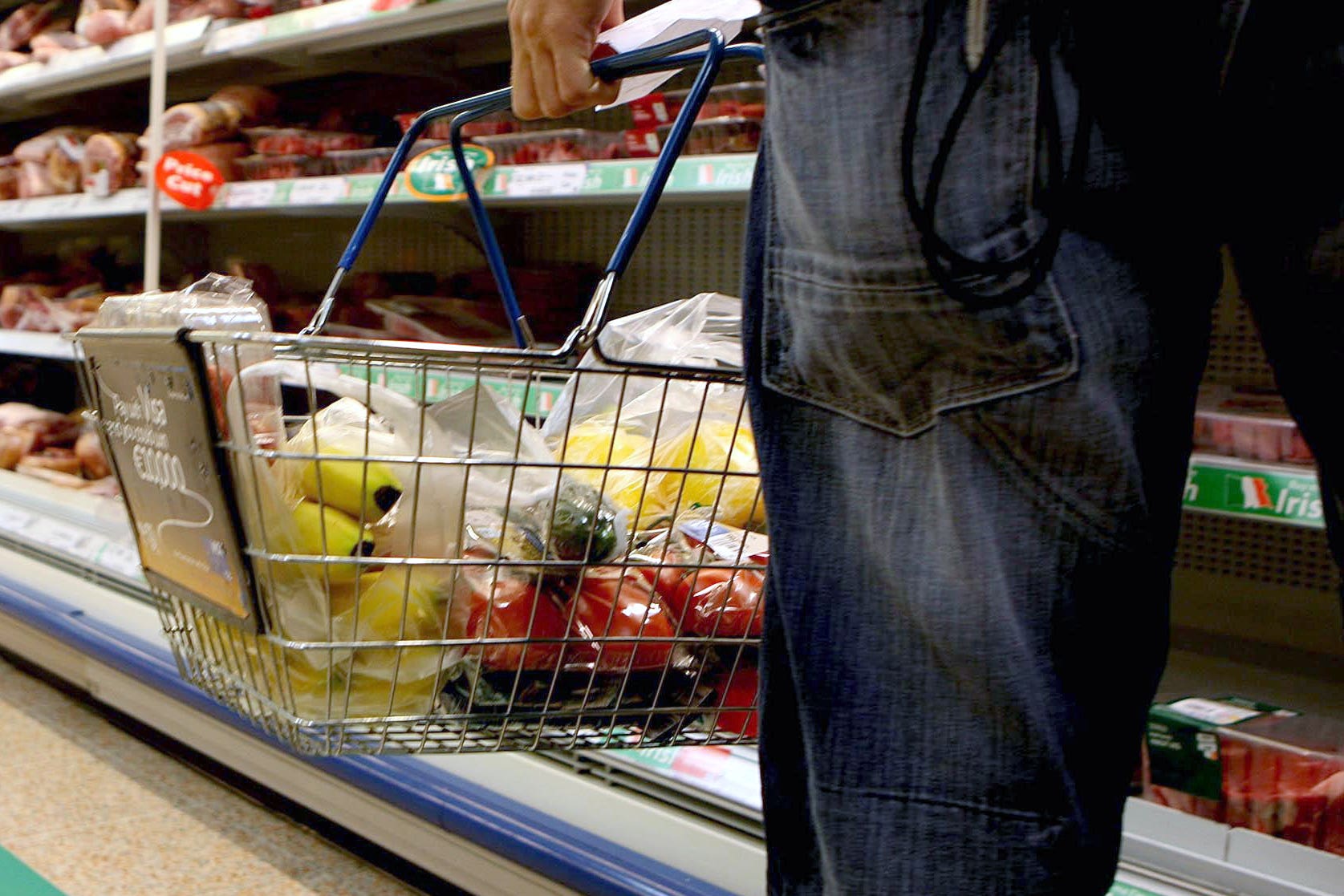Inflation falls again but soaring food prices leave a bitter taste
Food price inflation of 16.8 per cent is taking a terrible toll on the poorest Britons, writes James Moore


Let’s start with the good news. Inflation fell to 10.5 per cent in December – bang in line with City forecasts – down from 10.7 per cent in November. Indeed, it may have peaked in October when it hit 11.1 per cent.
However, there isn’t much else in the way of the positives to be had from the latest Office for National Statistics (ONS) data.
We’ll know the price hellscape we currently occupy will be over when inflation stops making headlines; there’s no fear of that with prices still rising at a 10.5 per cent clip.
As ever, the real stories are to be found lurking, like Steven Spielberg’s Gremlins, beneath the headline numbers. (If only we could shove them in the microwave and watch them explode). For example, core inflation did not fall at all, remaining steady at 6.3 per cent. Economists had hoped for a small decline, to 6.2. The core number excludes volatile categories such as energy, food, alcohol and tobacco and the Bank of England pays close attention to it. So do a lot of economists because it serves as a better guide to underlying trends than the headline number.
This was far from the worst piece of data, however. That came in the form of food price inflation which just keeps on going up, to some 16.8 per cent in the year to December. The ONS can’t tell us any certainty when it was last higher although its “indicative modelling” suggests a figure of 17.6 per cent in September 1977. The category has now risen for 17 consecutive months.
There was some talk about the surge partly being driven by shoppers “splashing out for Christmas”. But it was basics such as milk, cheese and eggs that showed the sharpest increases. Remember that Tesco boss Ken Murphy last week said he was “not sure inflation had peaked yet”. Tesco last year said its profits would take a £260m hit in the 12 months to April from absorbing some of the cost of ballooning food prices. But even initiatives like that aren’t enough to prevent households under strain from regularly having to skip meals. A 10,000-strong “mega-poll” for the TUC last year found one in seven respondents were already doing that.
The hard fact is that lower-income groups spend a significantly higher proportion of their budgets on food than do those further up the scale. The government was bounced by its backbenchers into raising working age benefits by 10.1 per cent last year, which was the rate of inflation in September. But food price inflation was above that level then and it has shown scant sign of slowing down.
According to the Resolution Foundation’s analysis, the poorest tenth of families experienced an average overall inflation rate of 11.9 per cent compared to 9.2 per cent for the richest tenth of families. The UK’s cost of living gap thus remained at 2.7 percentage points.
Wages have sped up recently, but they are still under shooting prices by a significant margin. So it looks like another busy year for the nation’s food banks, which have been struggling to cope with demand.
A response is overdue. But I’m not sure it’s going to come. The Treasury released an explainer video featuring chancellor Jeremy Hunt explaining why buying a cup of coffee today is enough to induce a painful headache before any caffeine-related side effects. It’s all down to global factors, you see. And we’re doing everything we can!
Panmure’s head of research Simon French said that Hunt was justified in making the first point. “Their global narrative was/is accurate,” he tweeted.
The flipside is that those same factors will dictate the speed of the decline. So he shouldn’t be claiming credit when that happens. There are also, clearly, things he can do to mitigate the impact on the poorest Britons in the interim. With hunger stalking the nation’s streets, it is clear that he is not doing enough.
Which brings us to the Bank of England’s interest rate-setting Monetary Policy Committee (MPC), which will meet to consider its response in a couple of weeks’ time. It is also yoked to global factors it can’t do much to influence, so expect more talk of concern about “second-order effects” to explain the (likely) upward path of base rates to fretful borrowers.
The “global factors” narrative would certainly buttress the case of the MPCs leading rate doves: Silvana Tenreyro and Swati Dhingra. They have consistently voted for lower (or no) rate, rises citing fears about the effect on a weak economy.
However, markets are still betting on a 0.5 point increase at the beginning of February when the MPC’s next set of deliberations will conclude. I suspect they will be proved correct.






Join our commenting forum
Join thought-provoking conversations, follow other Independent readers and see their replies
0Comments